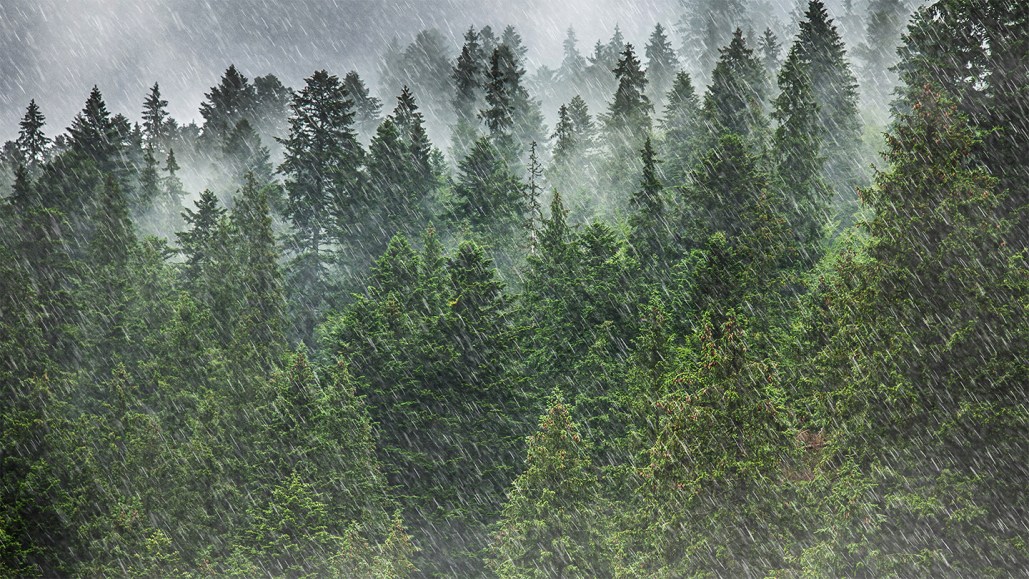Skyborne specks of life may influence rainfall patterns
A buildup of small particles of bacteria, pollen and spores may lead to rainier weather

Bacteria, pollen, spores and other biological particles released by ecosystems may have a profound influence on rainfall patterns.
zpagistock/Getty Images